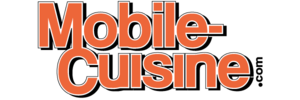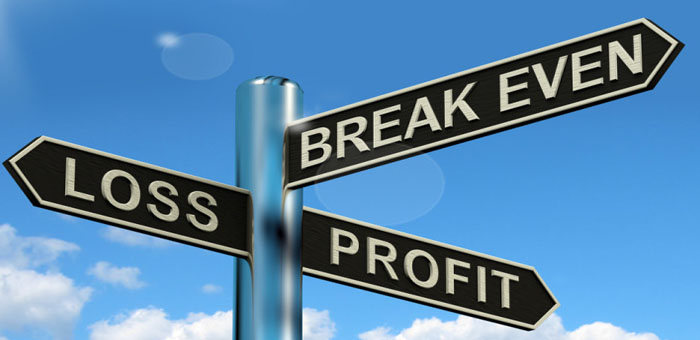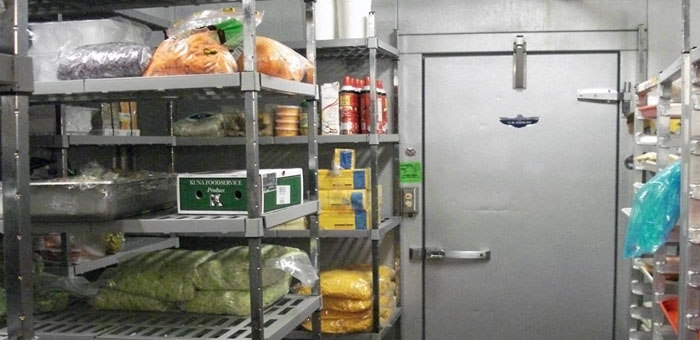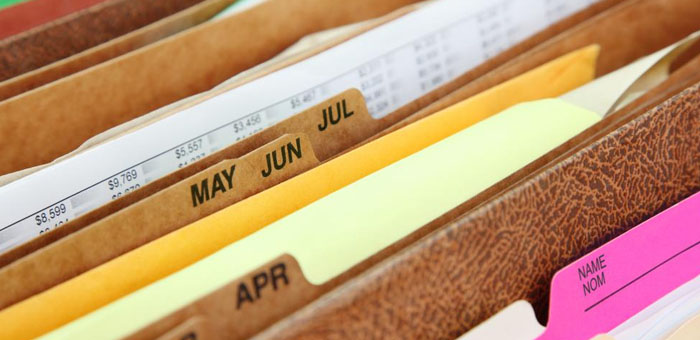Have you been wondering how to do breakeven analysis for your food truck? Completing a breakeven analysis is a matter of simple math if you can accurately forecast the costs and sales your mobile food business will be working with.
The primary purpose of conducting a breakeven analysis is to determine exactly when you can expect your food truck to cover all expenses and start generating a profit. Because of this, it is important to identify your costs, determine projected sales so you can see how much revenue is necessary in order to cover your costs.
How To Completing A Breakeven Analysis For Your Food Truck
Defining Costs
Several types of costs should be considered when conducting a breakeven analysis.
- Fixed costs: These are costs that are the same regardless of how many menu items you sell. All start-up costs, such as vehicle loan, commissary rent and insurance, are considered fixed costs because you have to make these outlays before you open your service window.
- Variable costs: These are recurring costs that you must absorb with each dish you sell. The primary figures in variable costs include labor and food costs.
RELATED: Cost Of Goods Sold: Why Every Food Truck Needs To Know It
Setting Menu Prices To Help You Hit Breakeven
Setting the right menu prices is critical to your breakeven analysis. You can’t calculate expected revenue if you don’t know what your menu prices will be.
- Pricing psychology: Pricing can involve a complicated decision-making process on the part of the consumer. Take some time to research articles on menu pricing strategy and the psychology of pricing before choosing how to price your menu or catering services.
- Pricing methods: There are several ways to handle price when you’re conducting a breakeven analysis. You should be able to charge a premium price if you’ve created a brand new, unique menu, but you’ll have to keep the price in line with the going rates if you’re entering a competitive food truck market.
RELATED: Food Truck Menu Pricing Methods
Breakeven Analysis Formula
To conduct your breakeven analysis, take your fixed costs divided by your price minus your variable costs.
Breakeven Point = Fixed Costs/(Average Ticket Price – Variable Costs)
This calculation will clearly show you how many tickets you must turn to break even. You’ve recovered all costs associated with producing your dishes, both variable and fixed, when you’ve reached this point.
Every additional sale after this increases profit by the amount of the unit contribution margin, which is defined as the amount each ticket contributes to covering fixed costs and increasing profits.
Unit Contribution Margin = Sales Price – Variable Costs
Record this information in a spreadsheet. By doing this, you’ll be able to make easy adjustments as costs change over time. It also lets you play around with different pricing options and easily calculate the resulting breakeven point. If you want to give yourself a goal of a certain profit, then work backward to see how many tickets you will have to turn to hit that number.
The Bottom Line
It’s important to understand what your breakeven analysis is telling you. If your numbers tell you that you’ll break even after you sell 100 dishes, your next step is to decide whether this seems feasible every day.
If you don’t think you can sell 100 dishes a day, then this may not be the right business for you. It may just not create a profit quickly enough to keep your service window open. If you think selling 100 dishes is possible but would take working 3 full shifts every day, try lowering your price and calculating a new breakeven point. You might also take a look at your costs, both fixed and variable, to identify areas where you might be able to make some cuts.
Do you have any additional tips in regards to conducting a breakeven analysis? Share your thoughts in the comment section or on social media. Facebook | Twitter




